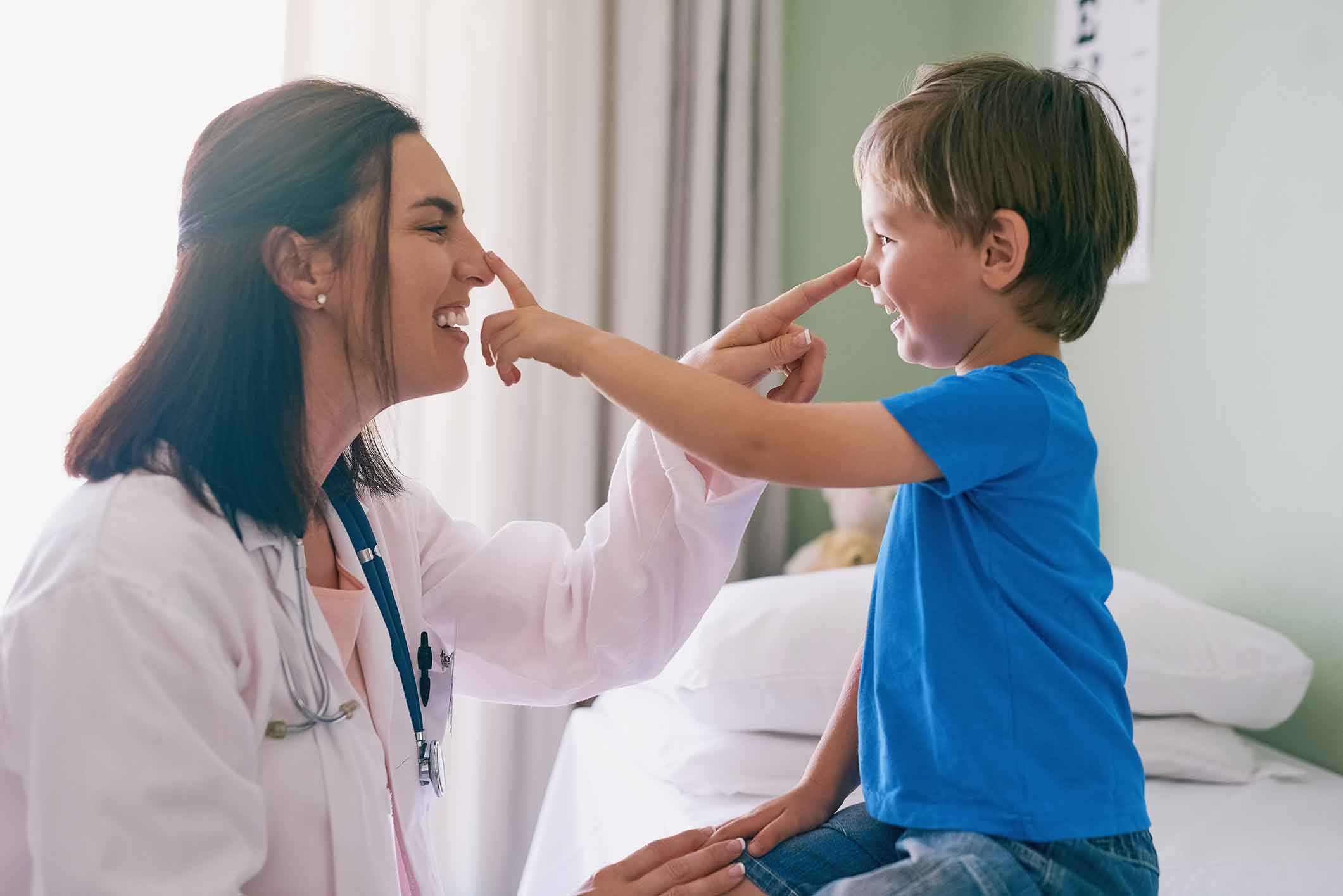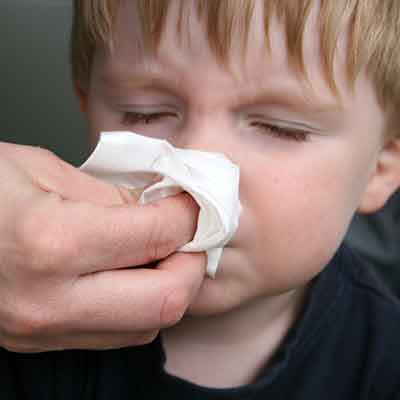
What Causes a Bloody Nose?
More than half the population will experience a nosebleed during their lifetime, and they are generally not a cause for concern. Common causes of nose bleeds include:
- Injury
- Foreign objects in the nasal cavity
- Excessive dryness (caused by lack of humidity or medications)
- Environmental irritants, including allergens
Bloody noses can also be more common for people with bleeding disorders or who take medications that thin the blood such as Aspirin.
How Do I Know If My Nose Bleeds Are Serious?

Usually, nose bleeds are not serious. However, you should see a doctor if your bloody nose:
Chronic nose bleeds? Get evaluated. Call Us